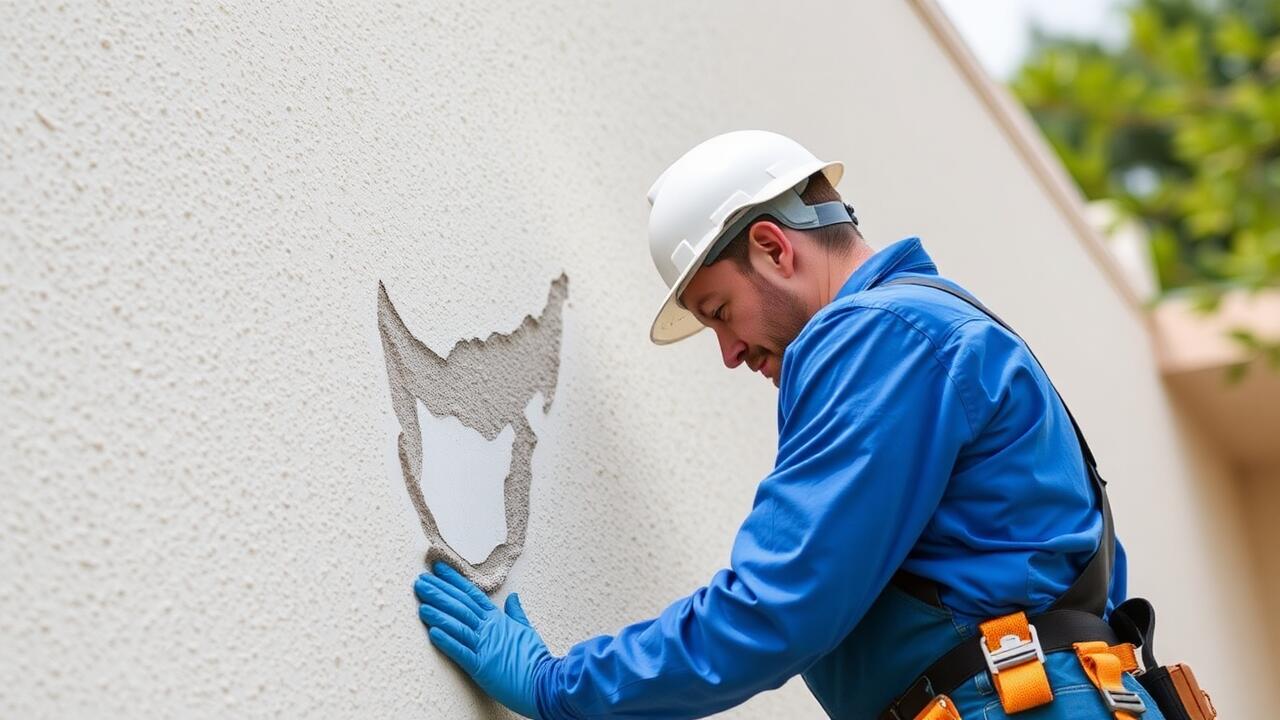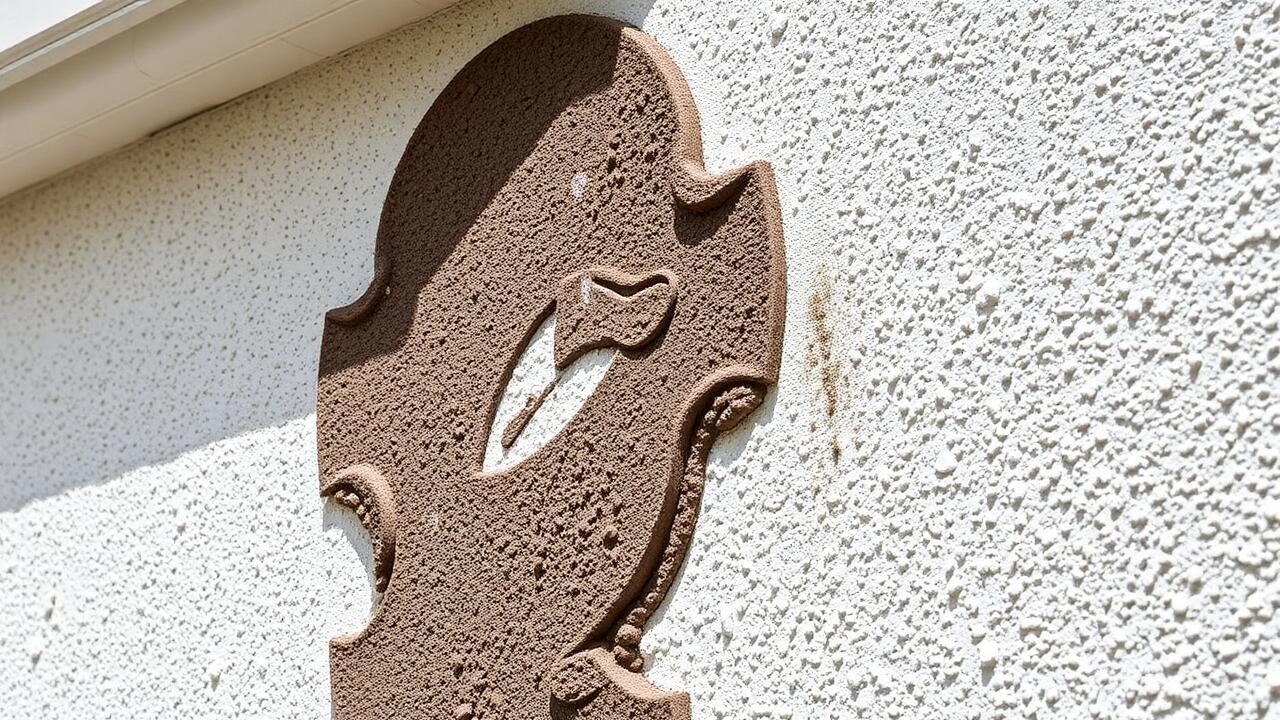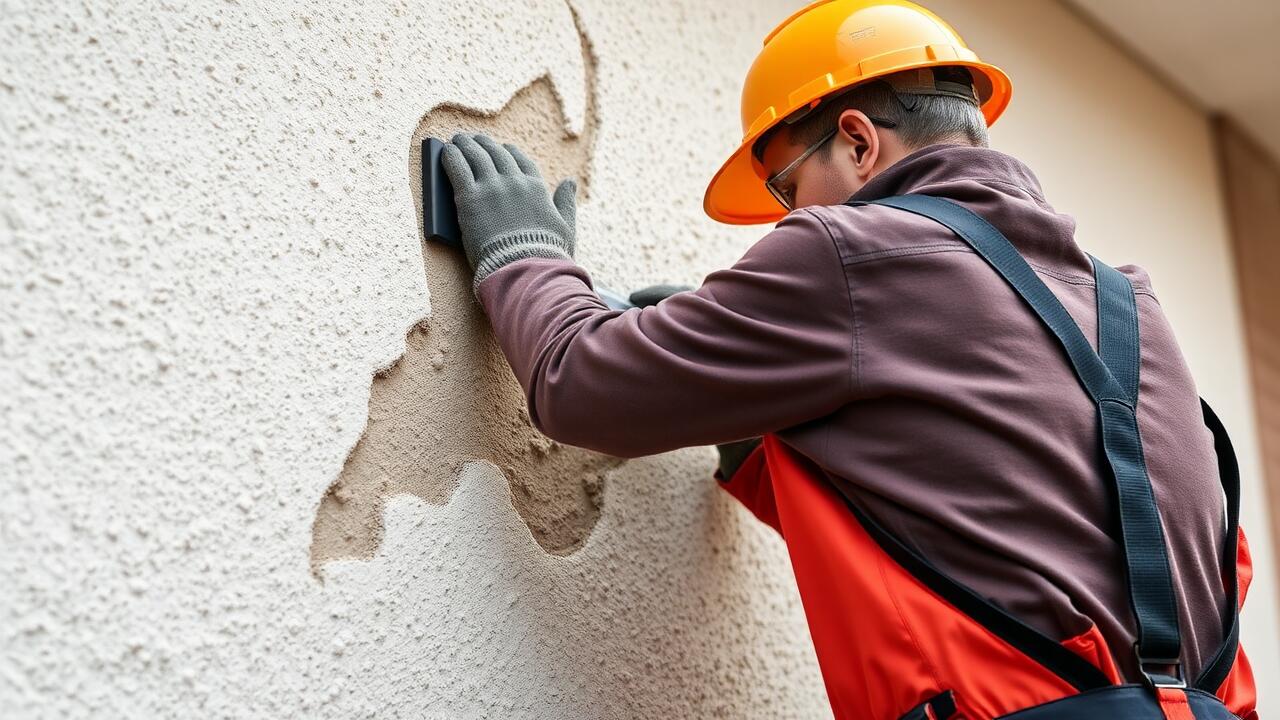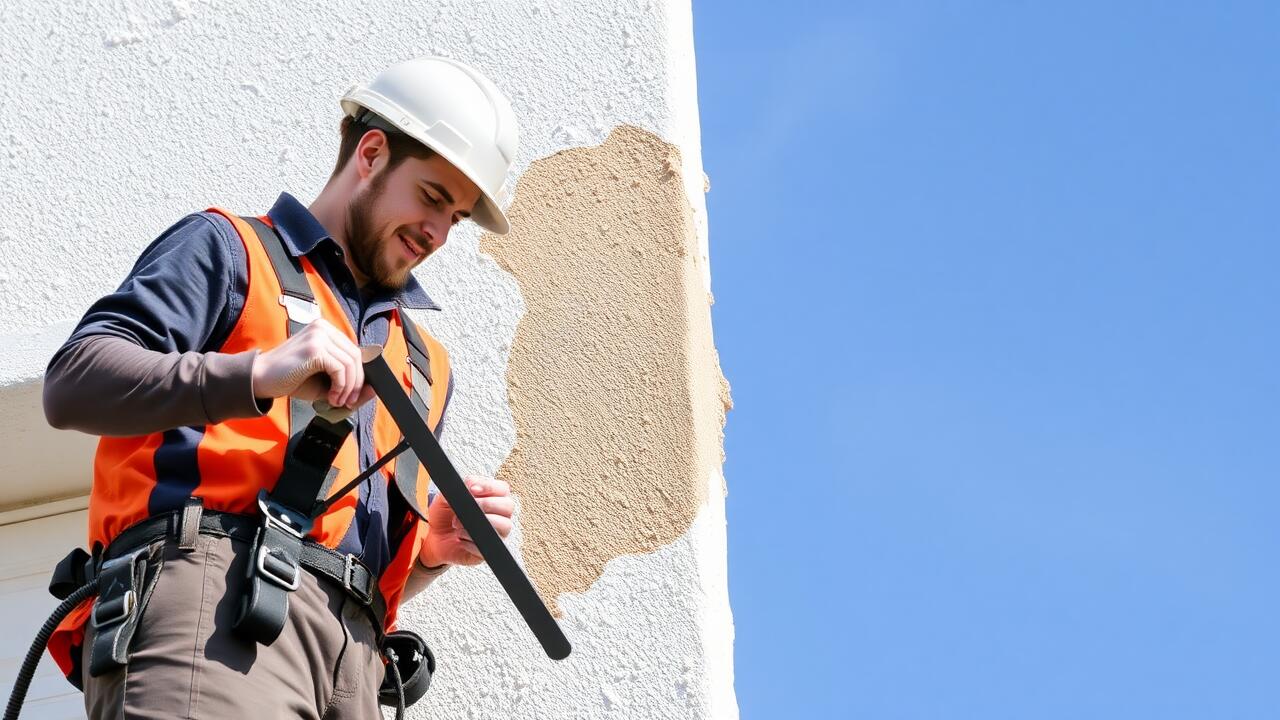
Preventative Measures for Stucco Blistering
To prevent stucco blistering, regular maintenance is essential. This involves routine inspections of the surface to identify any signs of wear, cracks, or moisture intrusion. Keeping gutters and downspouts clear ensures that water is directed away from the walls, reducing the likelihood of standing water that can contribute to blisters. Maintaining a consistent coat of paint can also protect the stucco from the elements, enhancing its durability and minimizing the risk of moisture buildup.
In addition to regular maintenance, proper installation techniques play a significant role in prevention. Using high-quality materials and ensuring that the stucco is applied according to industry standards helps establish a resilient barrier. Homeowners should consult local resources such as "Stucco Repair near me" to find qualified professionals who can provide guidance on best practices. Investing in preventative measures not only prolongs the life of stucco but also mitigates the costs associated with extensive repairs down the line.
Best Practices for Stucco Maintenance
Regular inspections are essential for maintaining the integrity of stucco surfaces. Homeowners should look for signs of cracks, water damage, or staining. Early detection of possible issues can prevent more severe damage down the line. Keeping the surface clean also contributes to its longevity. Dirt and grime can create moisture-retaining areas, leading to potential blistering or mold growth.
Applying a protective sealant every few years can enhance the durability of stucco. This helps to shield against moisture penetration and UV damage, which can degrade the material over time. If any deterioration occurs, searching for “Stucco Repair near me” can connect homeowners with professionals who specialize in restoring stucco surfaces. Maintaining a proper drainage system around the home is also vital. Proper drainage minimizes water pooling around the foundation, thus reducing the likelihood of moisture-related issues.
Repairing Blistered Stucco
Repairing blistered stucco is essential to restore both the aesthetics and integrity of your home’s exterior. The first step involves assessing the extent of the damage. Small blisters can often be treated with simple patching techniques, while larger areas may require more significant repairs. Begin by removing the damaged sections carefully using a putty knife or chisel. Ensuring the area is clean and free of debris is crucial to facilitate proper adhesion of the new material.
Once the affected areas are prepared, apply a suitable stucco repair compound. Depending on the severity of the damage, it may be necessary to fill in deeper hollows with a base layer before applying a topcoat. Always follow the manufacturer's guidelines for the product being used. If the task feels overwhelming, search for “Stucco Repair near me” to find professionals who can restore your stucco to its original condition efficiently and effectively.
Step-by-Step Repair Process
Begin the repair process by inspecting the damaged areas thoroughly. Identify the extent of the blistering and whether it has affected the underlying material. Once you have assessed the damage, gather the necessary tools and materials. These may include a trowel, putty knife, patching compound, and a wire brush. The surface should be cleaned to remove any loose stucco or debris before applying the repair material.
Next, apply the patching compound into the blistered areas, ensuring it's filled completely. Smooth the surface with a trowel for a seamless finish, blending it with the existing stucco. Allow the patched areas to cure according to the manufacturer's instructions. If the damage is extensive or you are uncertain about completing the repair, search for "Stucco Repair near me" to find qualified professionals who can assist with the job.
When to Seek Professional Help
Recognizing when to seek professional help for stucco blistering can save time and resources. If the damage appears extensive, with multiple areas affected or signs of moisture intrusion, it's essential to consult an expert. Homeowners who notice recurring issues despite attempted repairs may benefit from a professional assessment to determine underlying problems. A qualified contractor can provide a comprehensive evaluation and recommend appropriate remedies.
In many cases, finding "Stucco Repair near me" can lead to specialists with the right expertise. These professionals understand local conditions that may contribute to stucco issues and can offer tailored solutions. Engaging with experts is particularly crucial if structural integrity is compromised, as improper repairs can lead to more significant concerns down the line.
Evaluating the Need for Expert Assistance
Homeowners should assess the extent of the blistering before deciding whether to seek professional help. Minor issues can often be addressed with DIY techniques. If the damage is widespread or deeply embedded, it is wise to consult an expert. A professional assessment will provide clarity on necessary repairs and potential underlying problems that may not be immediately visible.
Searching for "Stucco Repair near me" can connect you with qualified contractors in your area. Experienced professionals can evaluate your stucco's condition and recommend the best course of action. This approach not only ensures that repairs are handled correctly but can also help prevent future complications from arising.
FAQS
What is stucco blistering?
Stucco blistering refers to the formation of bubbles or blisters on the surface of stucco, usually caused by trapped moisture or improper application.
What are some common causes of stucco blistering?
Common causes include excessive moisture exposure, poor installation techniques, inadequate curing time, and the use of faulty materials.
How can I prevent stucco blistering?
Preventative measures include ensuring proper installation, maintaining good drainage, avoiding moisture exposure during curing, and performing regular stucco maintenance.
What should I do if I notice blistered stucco?
If you notice blistered stucco, you can follow a step-by-step repair process to address the issue or consult a professional if the damage is extensive.
When is it necessary to seek professional help for stucco issues?
It’s advisable to seek professional help if you are unsure about the repair process, if the blistering is widespread, or if there are underlying issues that need expert evaluation.



